

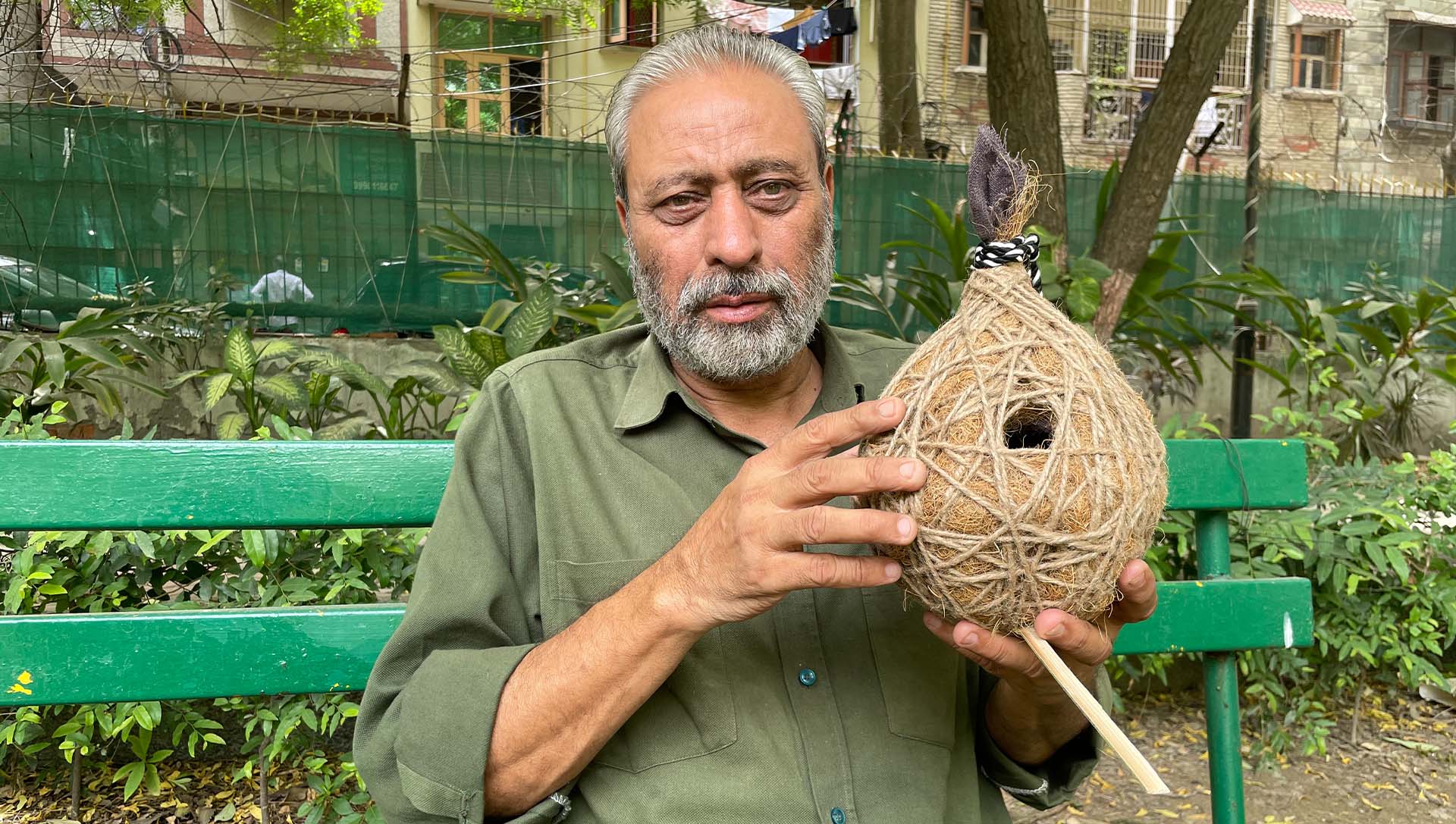
NEW DELHI: In the frenzied way of modern life, many of us had forgotten life’s simple joys that had virtually disappeared since. The joy of feeding the birds after school is one such therapeutic activity that was once a habit but now seldom features in our lives.
House sparrows, that was once a common feature in our lives, have since disappeared owing to rapid urbanisation that resulted in the shrinking of their natural habitats.
But 60-year-old Rakesh Khatri has made it his mission as he hopes to revive the sparrow population in the cities. The ‘Nest Man of India’, as he is fondly called, has built over 2.5 lakh artificial nests in a bid to save the memories of the yore and help the bird population survive.
“Building nests are important today, if sparrows could have done it themselves, they would have never disappeared. If they are coming to live in a man-made nest, it means sparrows are in search of nests,” Khatri told The New Indian.
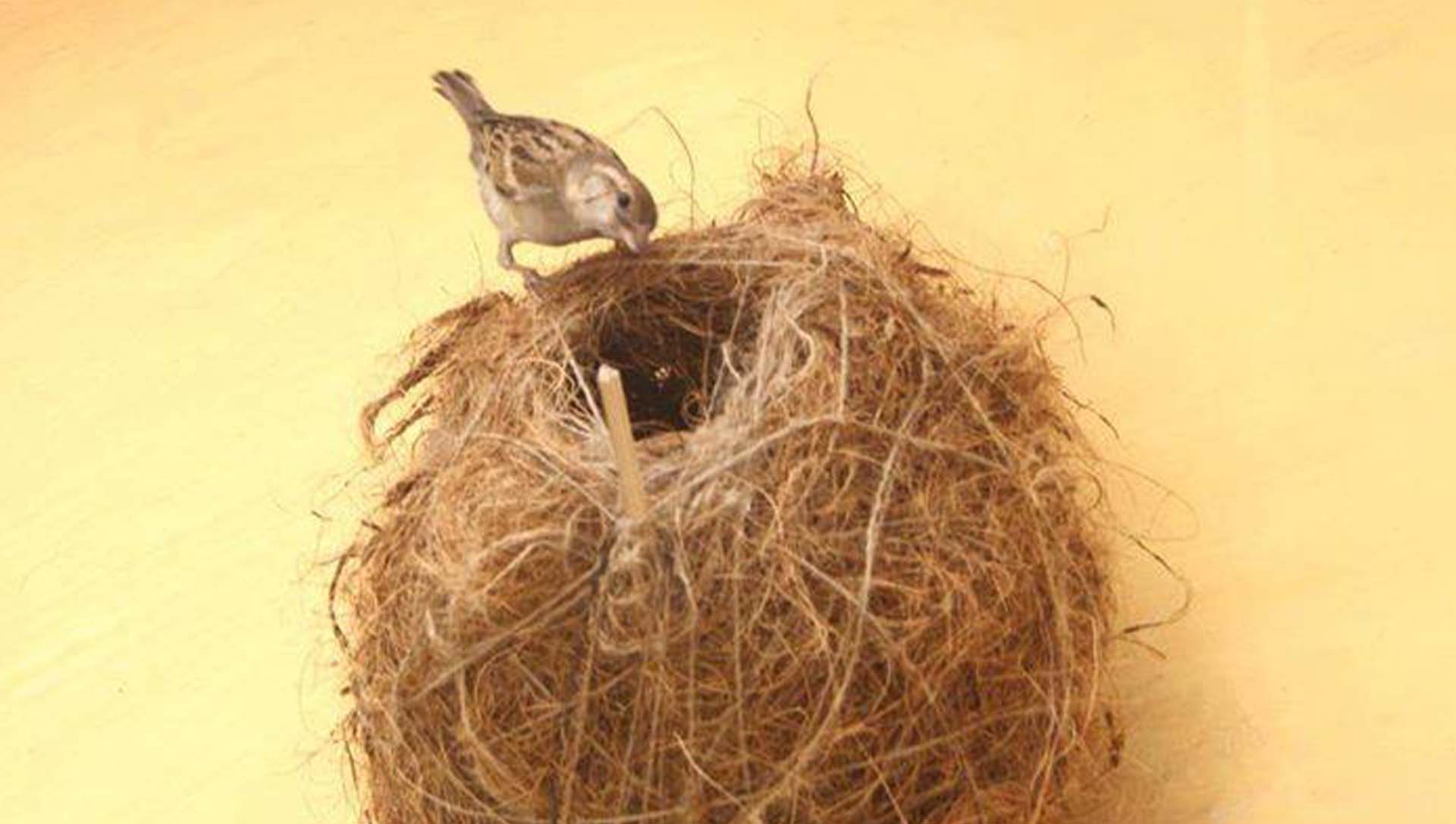
Khatri’s brush with house sparrow started early in his childhood days when he used to stay in Chandni chowk. Khatri used to go to the roof immediately after coming from school to feed the birds.
“My parents used to scold me for shooing them away but my intention was only to watch if they come back or not,” Khatri said while remembering the days gone by.
“When I shifted to Ashok Vihar, rigorous construction work was going on and in the name of plants, people used to keep ornamental trees. Birds always built nests on local trees and not ornamental trees. The entire situation back then was very claustrophobic,” he added.
Now a resident of Mayur Vihar Phase 3, Khatri started building nests professionally in 2008. Today he has built 70k nests in 400 or more spots in the national capital and in lakhs across India.
Made from 100 per cent recycling and waste materials such as jute, tetra packs and wood, Khatri claimed that these nests have helped house sparrows return to Delhi.
“There was a phase when birdhouses were seen as a showpiece. However, with willingness and awareness, a lot has changed among people since then. Moreover, there is a growing interest from the youngsters,” Khatri, who is also a docu-filmmaker, said.
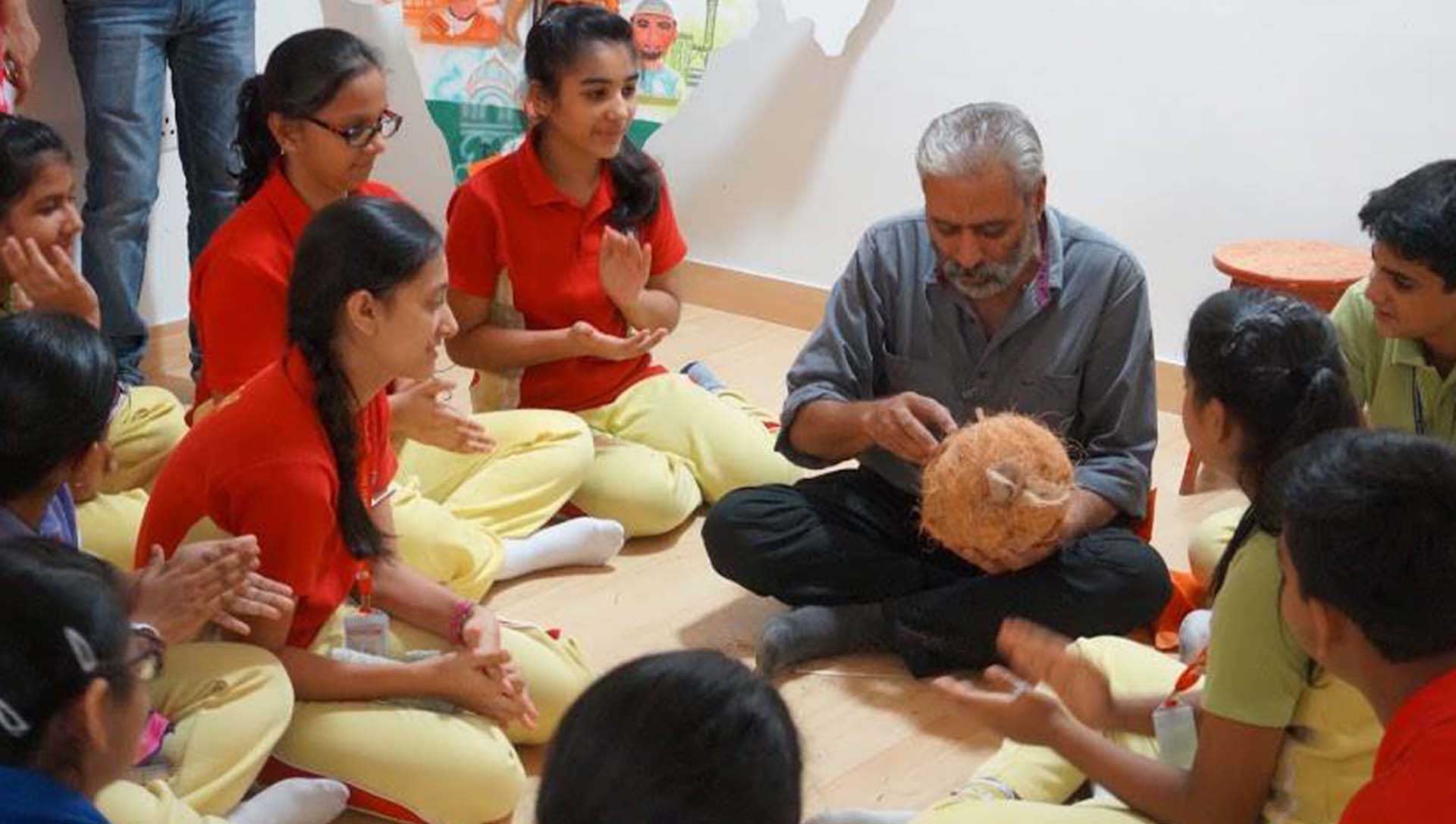
Sparrows maintain ecological harmony. But the healthy population of birds started disappearing from regular city lives in the late 90s. Experts in various studies have observed that the diminishing ecology left no choice for this bird but to move far from cities.
Along with shrinking flora and fauna, ecologists also blamed changing urbanscape with houses lacking ventilators on walls where birds used to nestle, mobile towers, pollution and emission of harmful gases among others are some of the reasons for the disappearing of the house sparrows.
However, the environmentalist observes that the numbers are reviving.
Sudipto Chatterjee, Associate Professor and HoD, Coca-Cola Department of Regional Water Studies, TERI School of Advanced Studies, said, “House sparrows love to be in very close vicinity to human beings. Earlier sparrows used to make nests on ceiling fans and ventilators in houses. However, with the rising level of pollutants in the air, now they have disappeared. At the same time when birds like sparrows get displaced, there are other birds, who can survive in altered conditions, whose population increases, such as the rock pigeon in Delhi.”
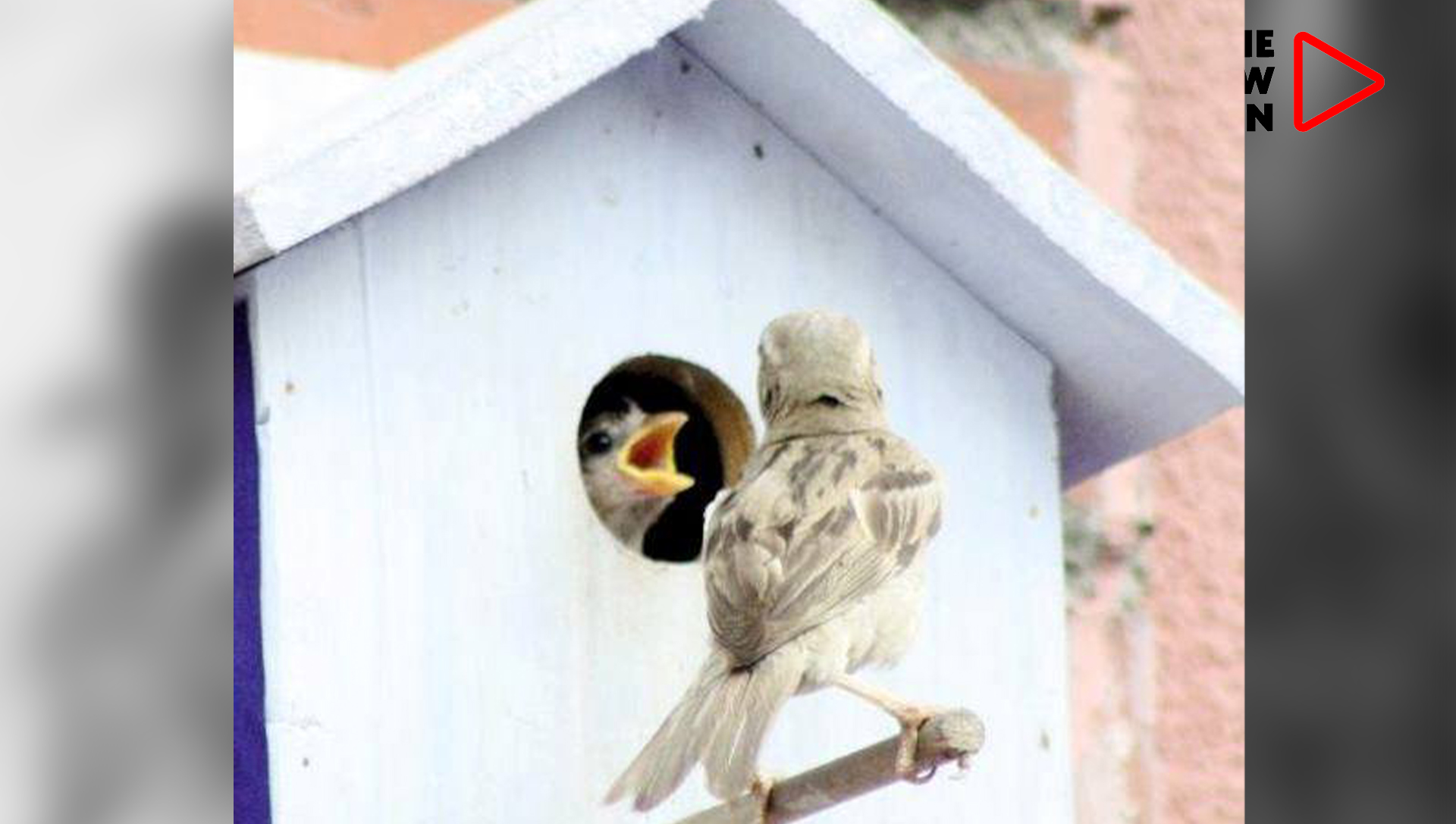
“In this scenario efforts of placing artificial nests are very useful. But it has to be in continuity and not a one-time effort,” Chatterjee said.
Chatterjee also proposed that the institutions of higher learning need to come forward as population monitoring is also necessary. “An event of this nature should not be an event. It should be converted into a program. It should be scientifically monitored,” he added.
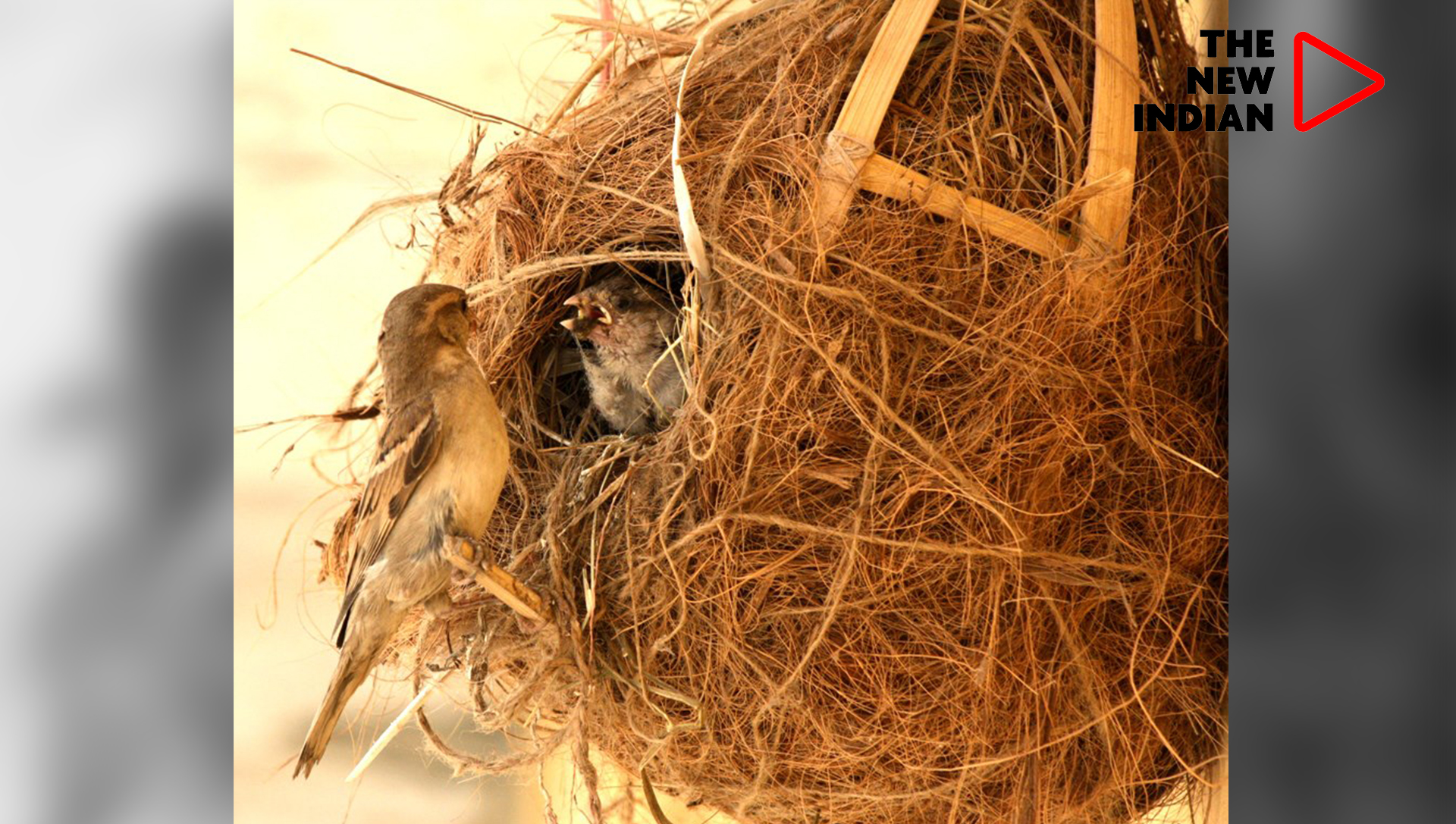
In 2013, Rakesh Khatri was honoured with the International Green Apple Award in the House of Commons in London for his work on saving sparrows. He was also honoured with the National Award for Outstanding Efforts in Science & Technology Communication through Innovative and Traditional methods.
“Everybody speaks a lot about pollution but refuses to do their bit. If each of us shoulder the task, pollution can never be a threat in our lives,” Khatri said as he got up to place a few more nests in parts of Delhi.